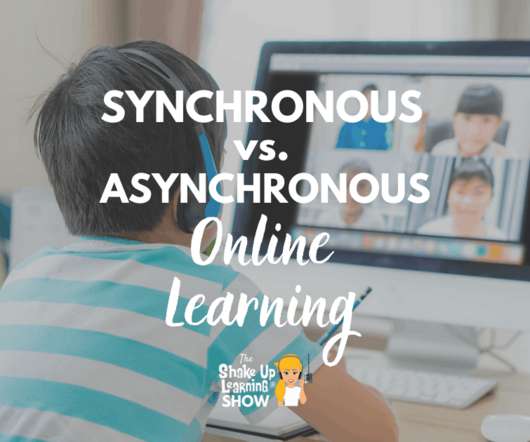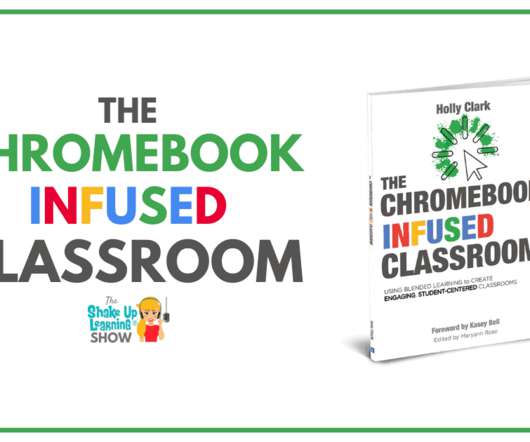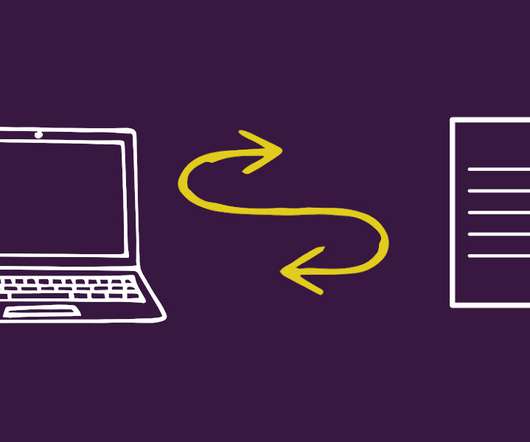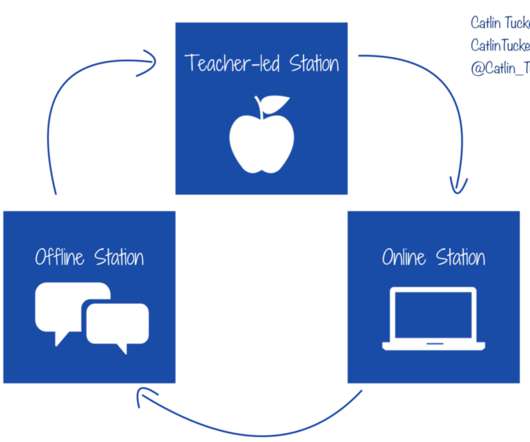Synchronous vs. Asynchronous Online Learning
Shake Up Learning
OCTOBER 6, 2020
The post Synchronous vs. Asynchronous Online Learning appeared first on Shake Up Learning. It’s time to chat about Synchronous vs. Asynchronous Online Learning! Synchronous vs. Asynchronous Online Learning – Strategies and tools to help teachers! Asynchronous Online Learning.
















Let's personalize your content